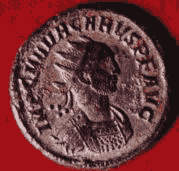 |
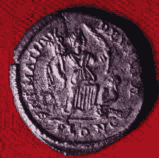 |
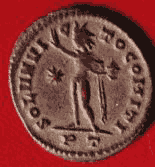 |
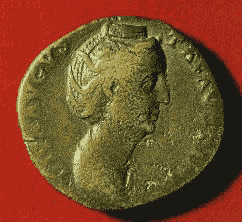 |
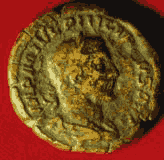 |
EC.72.111 Denomination: sestertius Date: c. 244-249 CE Obverse: Bearded, laureate head of Philip I ("Philip the Arab")
Inscription: IMP M IUL PHILIPPUS AUG
|
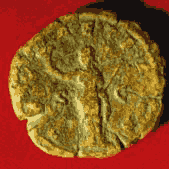 |
Reverse: Standing Aeternitas holding a branch and a sceptre
Inscription: ...AET...SC Weight: 16 g
|
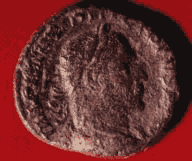 |
EC.72.112 Denomination: sestertius Date: 248 CE Obverse: Bearded, laureate head of Philip I ("Philip the Arab")
Inscription: IMP M IUL PHILIPPUS
|
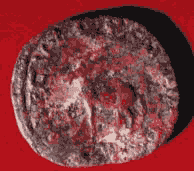 |
Reverse: Deer-like animal
Inscription: SAECUL...AUGG Notes: This type forms part of a special coinage issued in connection with the celebration of the Saecular Games in 248 to mark the thousandth anniversary of the foundation of Rome. For similar coin types see R. A. G. Carson, Principal Coins of the Romans, Vol. II: The Principate 31 BC-AD 296 (London 1980) 96 ns. 793, 796. Weight: 13 g
|
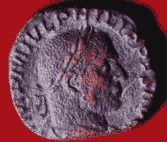 |
EC.72.113 Denomination: sestertius Date: c. 244-249 CE Obverse: Bearded, laureate head of Philip I ("Philip the Arab")
Inscription: IMP M IUL PHILIPPUS AUG
|
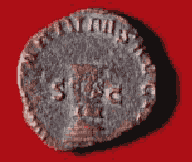 |
Reverse: Column inscribed COS. III.
Inscription: SAECULARES AUGG SC Notes: See EC.72.112 Weight: 10 g
|
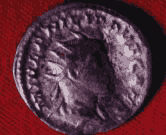 |
EC.72.115 Denomination: antoninianus Date: c. 247-249 CE Obverse: Crowned head (of Philip II?) facing right
Inscription: M IUL PHILIPPUS
|
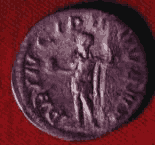 |
Reverse: Man holding a long spear in left hand and object in right
Inscription: PRINCIP IUU... Weight: 3 g
|
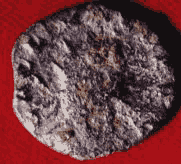 |
EC.72.117 Denomination: antoninianus Date: c. 253-268 CE Obverse: Bearded, crowned head of Gallienus facing right
Inscription: GALLI...
|
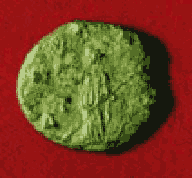 |
Reverse: Faint female figure Inscription: worn off Weight: 2 g
|
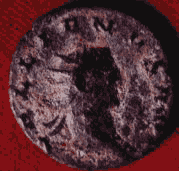 |
EC.72.118 Denomination: antoninianus Date: c. 253-268 CE Obverse: Bearded, crowned head of Gallienus facing right
Inscription: ...ALLIENUS AU...
|
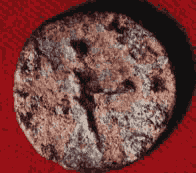 |
Reverse: Faint figure Inscription: worn off Weight: 2 g
|
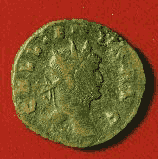 |
EC.72.119 Denomination: antoninianus Date: c. 253-268 CE Obverse: Crowned head of Gallienus facing right
Inscription: GALLIENUS AUG Notes: "Gallienus was a Roman emperor during the third century, a time of so many rebellions that sometimes the record of an emperor's reign is best documented through coins. Along with other emperors between the years 253 and 268 CE, his reign was short. Another coin with Gallienus includes the phrase 'Restorer of the World,' revealing that Gallienus had strived to settle the rebellions in Rome at the time." -Tom Story, Class of 2001 |
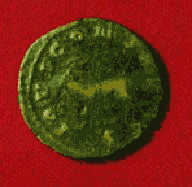 |
Reverse: A goat
Inscription: IOVI CONS AUG SC Notes: See EC.72.116 Weight: 3 g
|